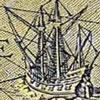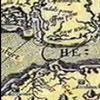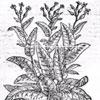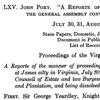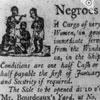Download Transcript: Early Jamestown
The first years of the Virginia colony did not produce the profits and opportunities envisioned by the Virginia Company. This was due in part to the geographic location of Jamestown (close to a swamp and with poor access to fresh, clean water) and in part to inconsistent leadership and near-constant lack of food. When Captain Newport returned after six months, 66 of the 104 settlers had died. The 38 settlers who survived did so in large part with assistance from the Virginia Indians.
The Powhatan traded corn with the settlers for items such as copper, beads, and iron tools. They also provided corn as a gift to the settlers and taught them how to cultivate it, though the English often failed to save corn for seed and were still unable to feed themselves.
In this video, Smithsonian curator Barbara Clark Smith continues her analysis of the John Smith map of Virginia and discusses the early years of the Jamestown settlement.
Source: Roy Rosenzweig Center for History and New Media, John Smith Map: Early Jamestown (Fairfax, VA, 2010), accessed September 19, 2011. Full video and lesson in Roy Rosenzweig Center for History and New Media and Loudoun County Public Schools, “Source Analysis: John Smith Map” Foundations of U.S. History, accessed September 16, 2011.



